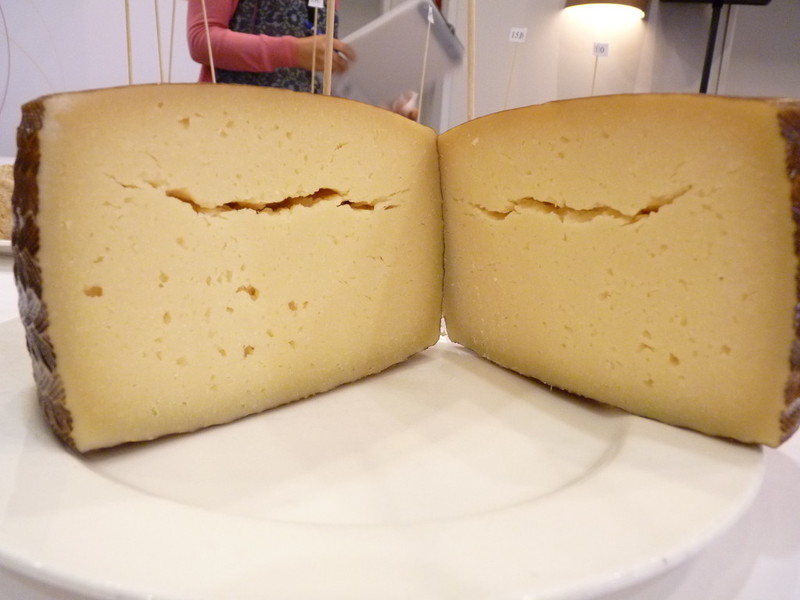Lactic fermentation is a fundamental part of cheese making. Sometimes, however, it can produce abnormal fermentations, resulting in defective cheeses.
The term abnormal fermentation refers to those undesirable, undesirable fermentations that cause alterations in the cheese and are common to almost all varieties. Generally, these fermentations are major gas producers and cause cheese swellings.
Thus, we can speak of swellings produced by undesired fermentations, which are generally classified according to the moment in which they occur.
Early swelling
It is produced by the massive development of yeasts or coliforms. It usually occurs within the first 24 hours of manufacture.
If the development is very fast, it is detected in the vat itself as the grains float in the whey, or once the cheeses are put into the press.

When produced by yeast, lactose ferments producing a large amount of eye and the characteristic odor of yeast.
When the swelling is caused by coliforms, the so-called “thousand-eye” cheeses appear. These have a bulging, pungent sensation and unpleasant odor. Bacteria of the “coli” family ferment lactose resulting in lactic acid, acetic acid, ethanol andCO2, among others.
The genus Escherichia is the cause in most cases of early swelling. The amount ofCO2 produced in the first part of the cheese making process is so great that it cannot be absorbed by the water and manifests itself in the cheese, swelling it.
The result is an innumerable number of small, pinhead-sized eyes. The dough or paste becomes spongy and may have a stable or manure aroma.

In cheeses made with pasteurized milk, their presence means a bad heat treatment of the milk, since these bacteria are destroyed with such heat treatment. It may also be due to contamination during the manufacturing process, due to improper hygiene.
In cheeses made with
raw milk
can be prevented by means of exhaustive controls on the raw material used for processing and the incorporation of natural additives (derived from eggs), which are inhibitors of microbial growth.

Late swelling
This defect appears in cured cheeses when a ripening time has elapsed, which can be 20 days for certain types of cheese and up to more than 3 months for others. It is caused by certain microorganisms, which are capable of developing when the conditions of the medium are ideal for their growth.

This late swelling phenomenon produces large amounts of hydrogen and butyric acid. The bacteria responsible for this phenomenon are
Clostridium tyrobutiricum
y
Clostridium butyricum.
These bacteria are in the milk in the form of very thermally resistant spores and are capable of resisting the pasteurization process prior to processing in pasteurized cheeses. Its origin is in milk from animals fed with fodder or silage in poor condition, dirty milk or sick animals.
For its prevention it is necessary to pay great attention to the raw material, which must be clean and from healthy animals. In addition to the addition of anti-butyric salts to the milk, prior to the milk curdling. The result of its action in cheeses are swellings that appear with large cavernous eyes, cracks or linear openings of the mass, being able even to break the rind if the pressure is too much, to escape.
